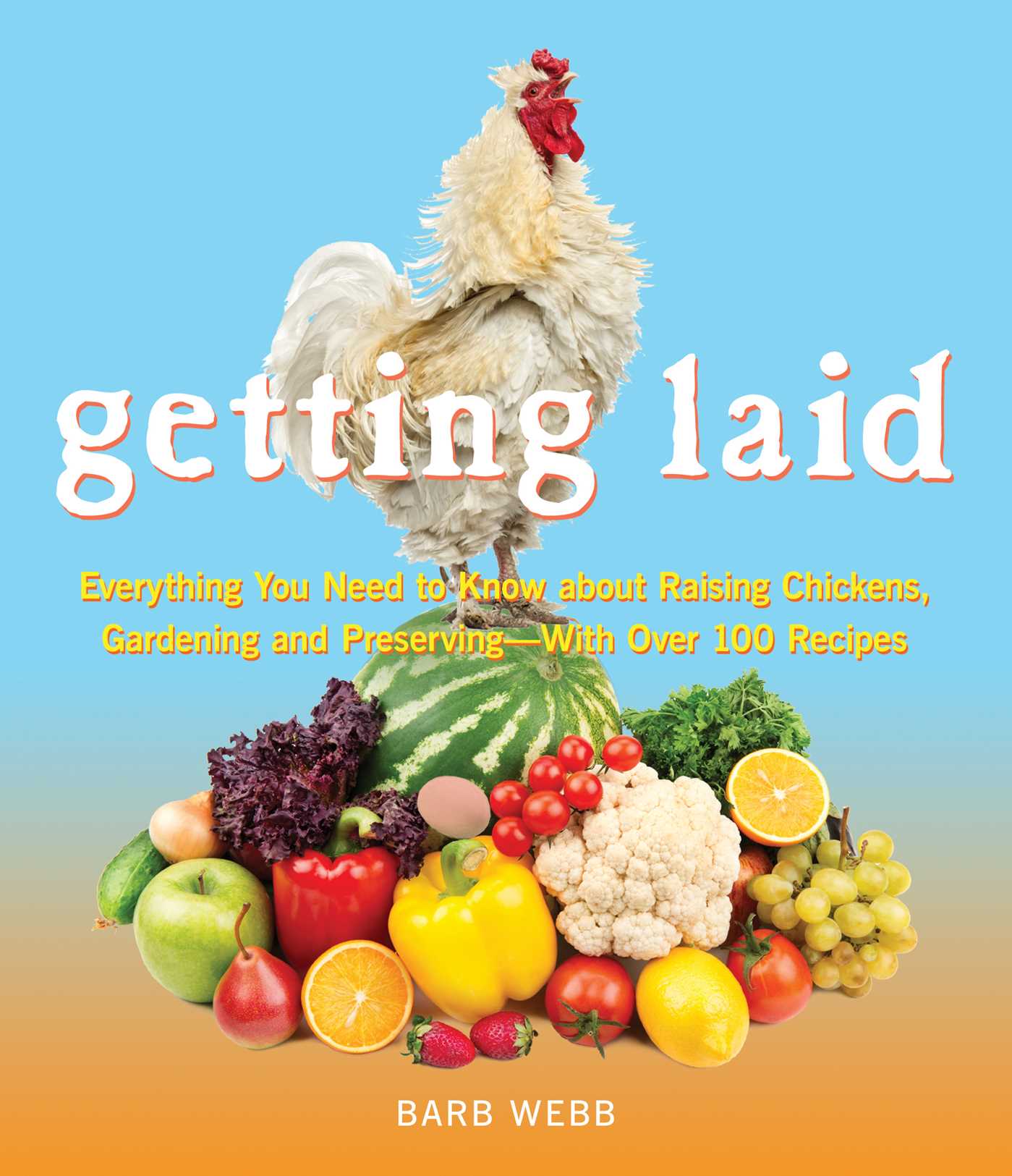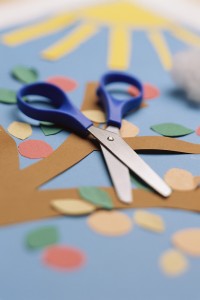For adults, scissors are just simple tools used to cut things. But to a small child, they represent infinite possibilities. Cutting is one skill that most children are willing to practice with little or no encouragement!
Parents are often apprehensive about letting little ones use scissors. They worry about the safety of the child, as well as the safety of their books, magazines and draperies. And who hasn’t heard (or experienced) a horror story about a toddler giving himself or the dog a unique new haircut? But learning to use scissors is important, and it doesn’t have to be scary.
Here are three tips that will help you make the most of your child’s cutting experiments.
1. Choose the right kind of scissors.
The ones that are made completely of plastic might seem safer, but they just don’t work very well. They tend to frustrate young minds, leading them to give up quickly. Blunt-tipped scissors with metal blades are much easier to work with, and they are quite safe.
Keep in mind that small hands need small scissors. Large handles are harder for them to hold on to, and big blades are more difficult for them to control. Scissors made just for kids are essential until they get the hang of things.
2. Find appropriate materials for kids to cut.
Newspapers and magazines might seem like a good choice, but they are rather thin for new scissor users. Construction paper and old greeting cards or note cards are much easier for children to cut.
You don’t have to stop with paper, though. There are plenty of other things kids can cut. Thin cardboard boxes are great for scissor practice. Even play dough will work. If you sew, try giving your child some thick fabric scraps to cut.
3. Don’t expect too much too fast.
When kids first start out with scissors, it’s important to let them do their own thing for a while. It will get messy, and it’s unlikely that they will cut in straight lines. But giving kids time to learn how to properly hold scissors and see how they work before moving on to the finer points is crucial.
Once your child is cutting fairly well, you can move on to bigger and better things. Let him try his hand at cutting thinner types of paper, and draw some straight lines for him to cut. When he has mastered that, he can start cutting simple shapes.
Learning to use scissors is a big step for a child. It helps develop motor skills and hand-eye coordination, and cutting in itself is something we all need to know how to do. By providing the right tools and materials and close supervision, we can help our kids learn this important skill and have fun doing it.





a great list—we always made very thick lines to start and then added a small curve—still thick…as #3 never expect too much and praise all efforts!!!
I have a two year old with a band aid on his finger now thanks to scissors! Thanks for the tips!
These are great tips! My 2-year-old is learning to cut playdoh these days, and my 4-year-old is doing great with thinner paper. It wasn’t always easy, but they LOVE cutting stuff up for some reason.